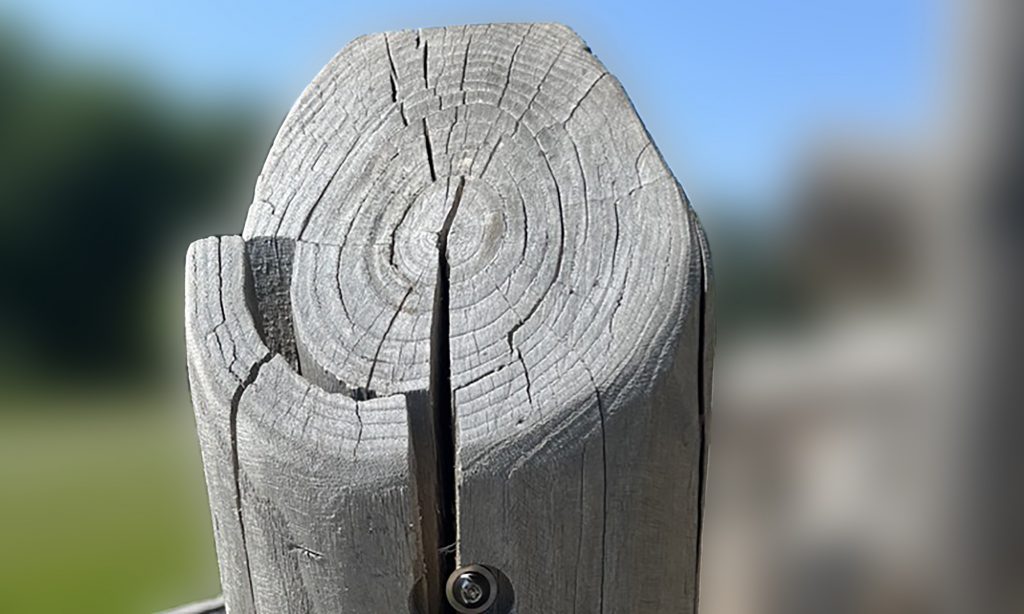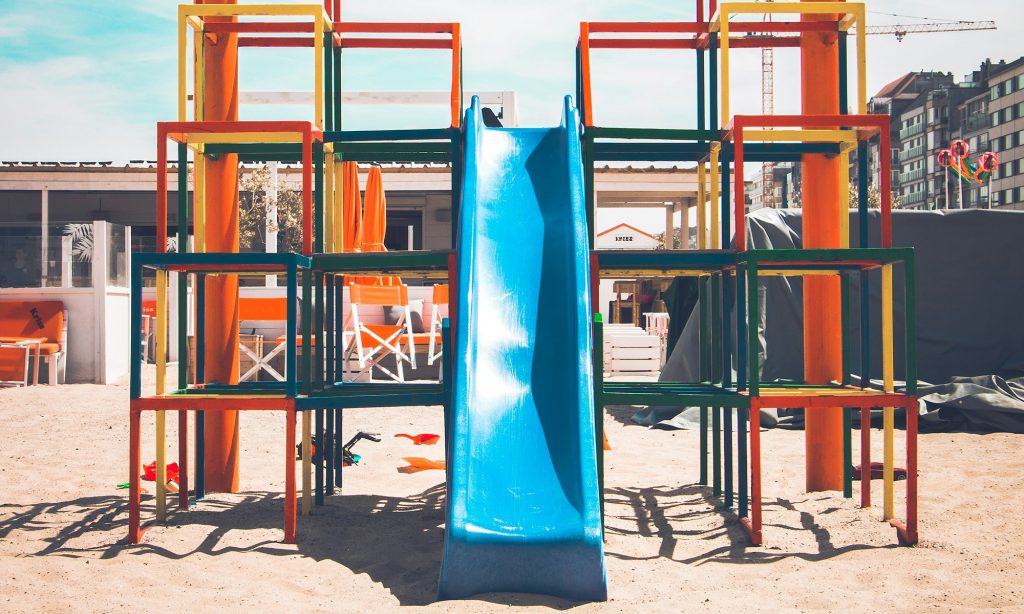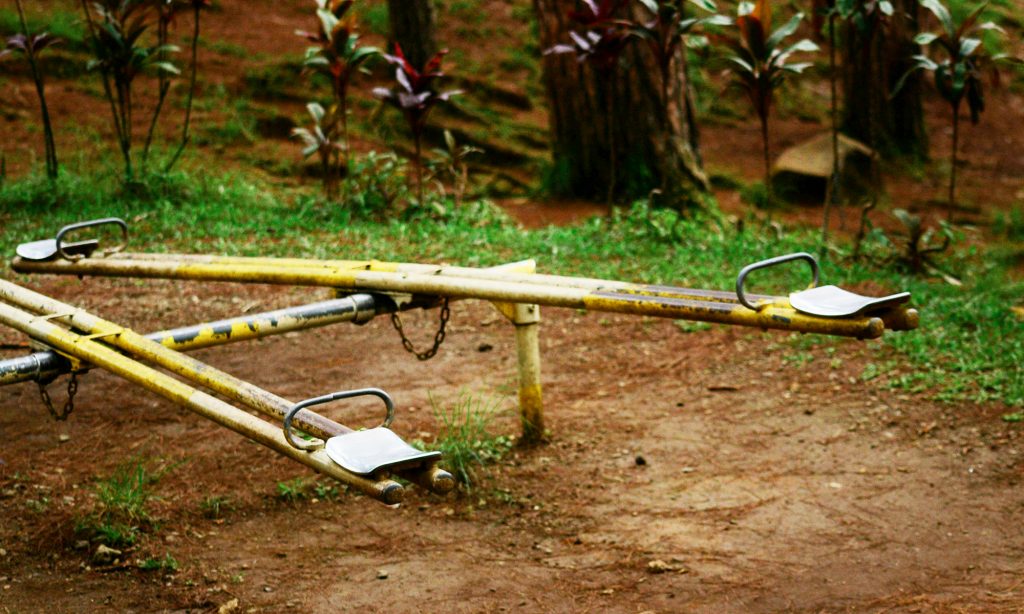At Cour à bois, we have chosen Canadian yellow cedar for its exceptional properties and for its advantages over competing products.
This choice is not only the fruit of our founders' rich 25 years of professional experience in the wood industry, but also the result of extensive research by the Canadian industry to determine which wood resources are most suitable for the construction of wood structures in North America.
Yellow cedar is renowned for its high resistance to decay, insects and weathering, without the need for chemical treatments harmful to human health. What's more, yellow cedar is classified as a structural wood by the National Lumber Grading Board(NLGA), ensuring enhanced strength and durability to our products, making it an ideal choice for exterior structures exposed to the elements. When you choose Canadian yellow cedar, you're investing in the quality and longevity of your outdoor structures.
Woods to avoid for outdoor structures:

Recycled wood from utility poles
Using recycled logs from old utility poles to build playgrounds and other wooden structures may seem environmentally friendly, but it carries risks for human health. Even when the top layer is removed, these poles still contain toxic chemicals at their core, making them unsuitable for children's play modules. Because they are recovered at the end of their useful life, their low structural durability makes them unsuitable for long-term use.

Robinia, an invasive species
Originating in the southern United States and introduced to Canada, Robinia, although sustainable, is considered a tree-destroying and invasive species in our regions. Its non-native nature in Canada has a negative impact on local ecosystems. It prevents native tree seedlings from growing because it provides too much shade, and encourages invasion by other exotic species by enriching the soil with excess nitrogen. What's more, its use can pose long-term sustainability problems, as this wood tends to splinter over time.

Wood imported from Europe
Imported wood, particularly from Europe and South America, has the environmental disadvantage of being transported over long distances. Their use contributes to greenhouse gas emissions and is not conducive to sustainable development.

Hemlock, spruce and eastern fir
It should be noted from the outset that hemlock, spruce and fir, although widely used as lumber, require chemical treatment due to their poor resistance to decay when exposed to the elements. As a result, these wood species are unsuitable for the construction of outdoor structures requiring long-term resistance.

Ipé from Brazil and South America
Although Ipé is renowned for its durability, there are major drawbacks to its use. The intensive deforestation required for its use endangers fragile forest ecosystems, including the Amazon rainforest in Brazil. What's more, transporting ipe from South America generates significant greenhouse gas emissions, contributing to climate change. Ipe is also very hard and difficult to work. It becomes very slippery when wet, making it unsuitable for use in playgrounds and other platforms.

The advantages of Canadian yellow cedar wood over plastic or metal materials
Choosing wood for playgrounds and other outdoor structures offers many ecological and practical advantages.
Unlike plastic or metal, wood is a natural, renewable and biodegradable material. A cubic metre of wood can capture up to a tonne of CO2 from the atmosphere, helping to reduce greenhouse gas emissions, unlike plastic and metal production, which are direct contributors to greenhouse gases.
What's more, over the years, plastic modules release microplastics into the environment, posing a threat to biodiversity and even to our own human health. Wood, on the other hand, offers a real connection with nature, promoting harmony with the environment and responding to the concept of biophilia.
Wood provides natural warmth and an organic aesthetic that gives a feeling of authenticity and comfort. What's more, on hot summer days, wood doesn't retain the sun's heat, offering a surface that's more pleasant to the touch. In contrast, materials such as plastic or metal can become hot and uncomfortable on contact with the skin.
At Cour à Bois, we believe in the importance of choosing the right wood species to guarantee the quality, durability and safety of our products. With our commitment to Canadian yellow cedar and to preserving the environment, you can be confident in the quality and durability of our outdoor structures for years to come.






